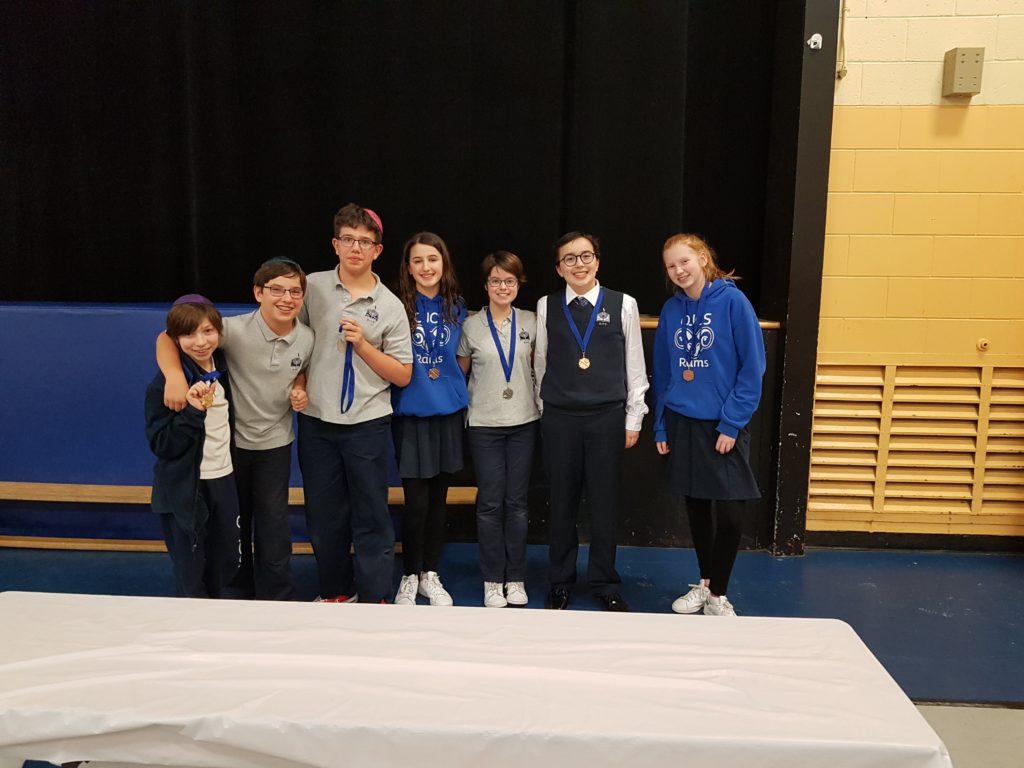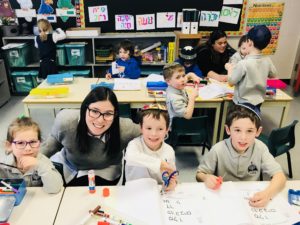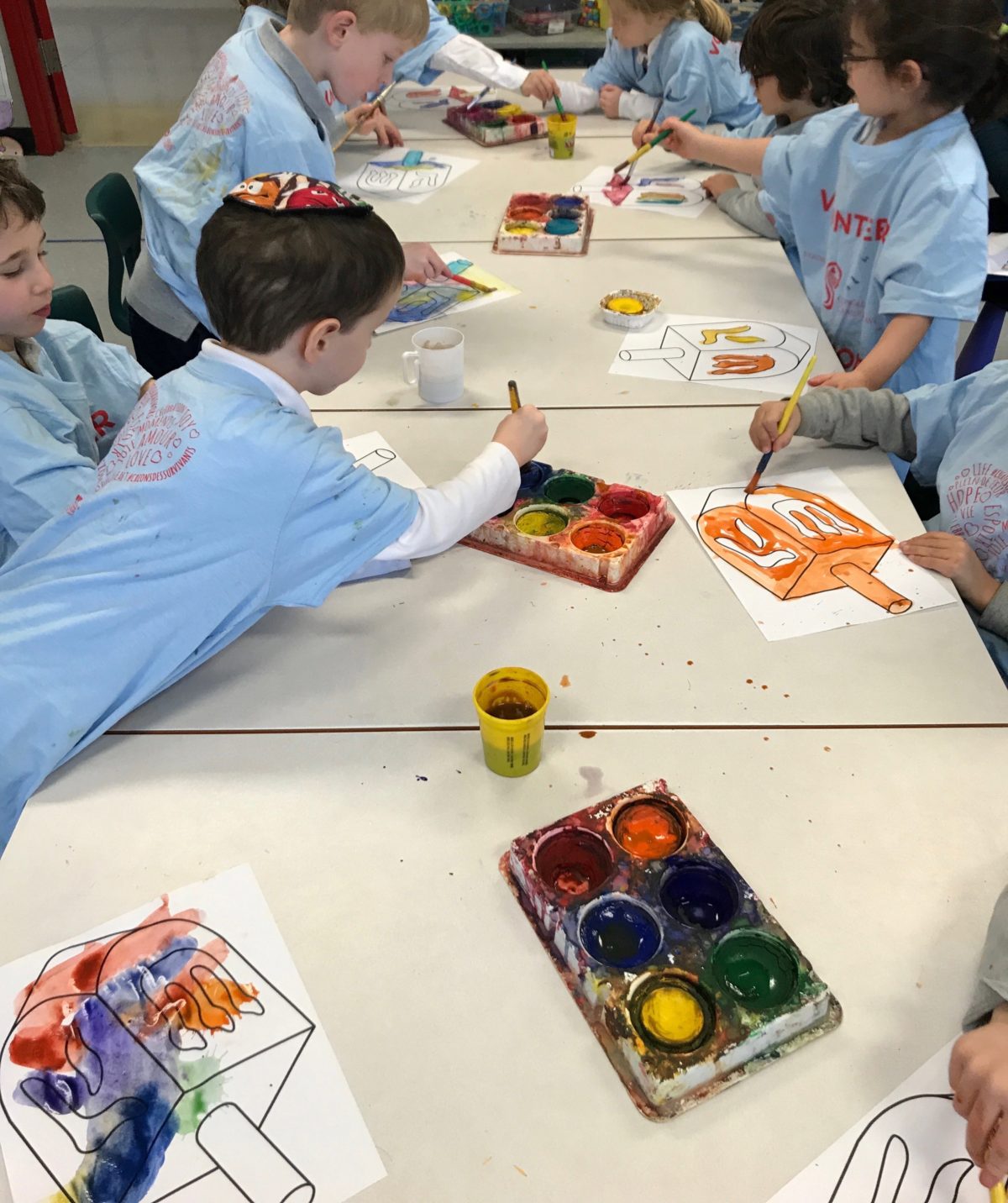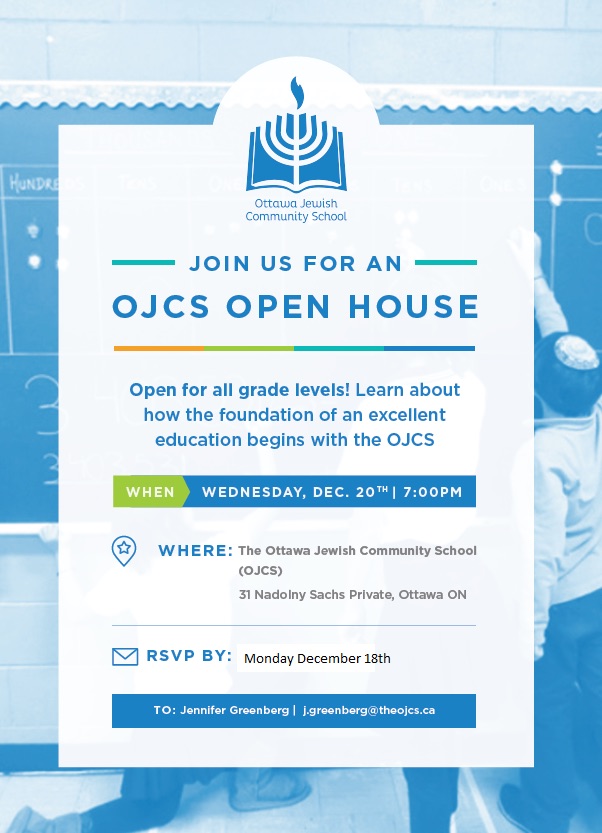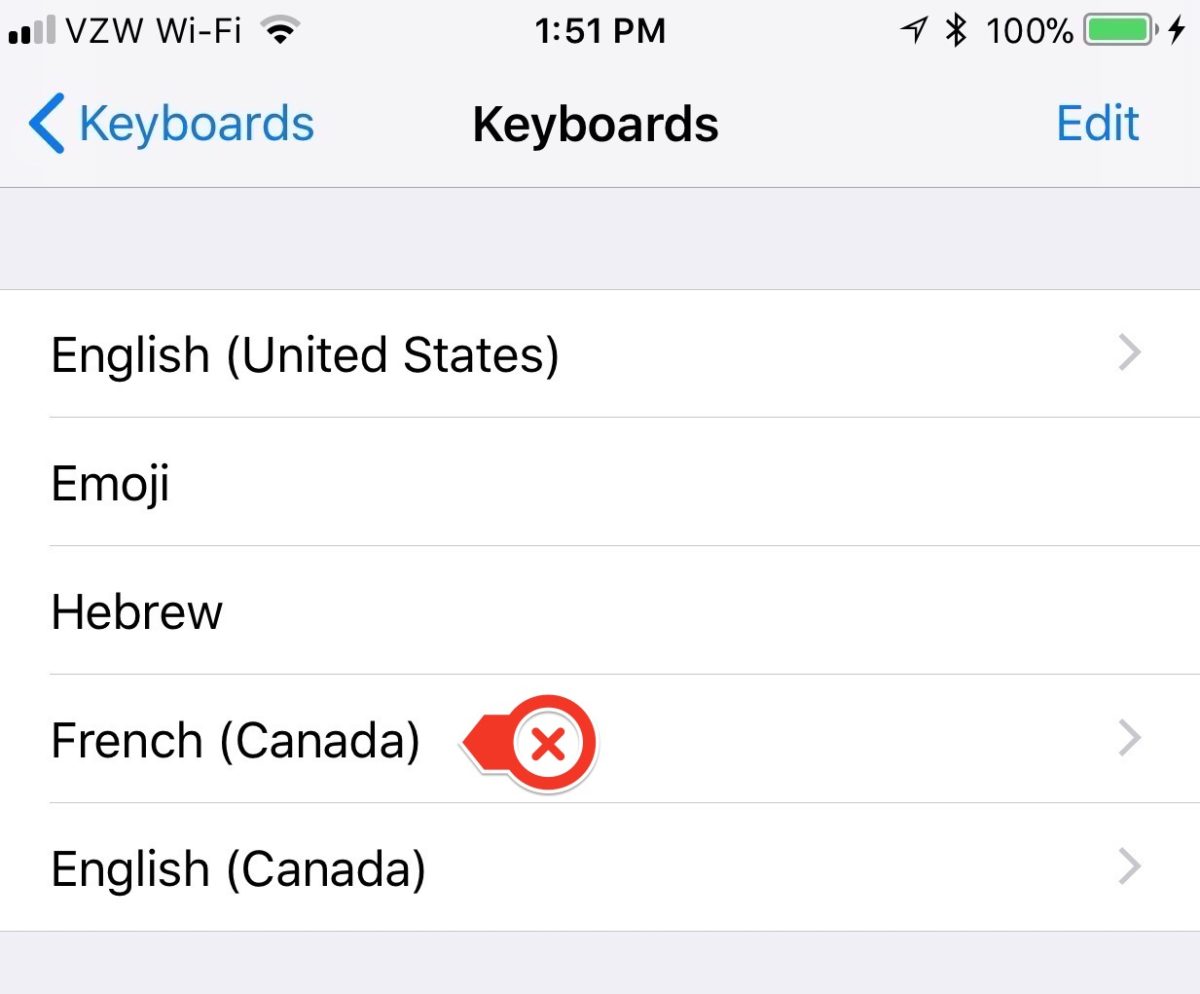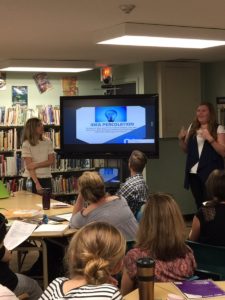
This is not a flashback to a flashback! We are not reminding you of the $72,000 Innovation Grant we received from the Congregation Beth Shalom of Ottawa (CBSO) Legacy Fund to help fund some of the physical spaces we’ll need to continue to bring our innovative vision to life. We are also not reminding you of the $50,000 Innovation Grant we received around this time last year from an anonymous family which helped fund the transformational work we recently finished with NoTosh (which lives on this year in the many powerful prototypes presently being prepared for pitches to bring teaching and learning at OJCS into greater alignment with our “North Stars”), the opportunity to double our iPads available in the school, the exciting shift towards providing teachers with Chromebooks so they can collaborate more effectively and model what learning looks like, and beginning just this week, our work with this year’s consultant, who happens to be my friend and former colleague Silvia Tolisano, whose new book the cohort of teachers working with Silvia have begun to read.
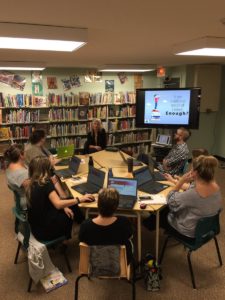
[I will have a lot more to discuss about Silvia’s work next week as it ties into the launch of our OJCS Blogosphere…]
No, this post is yet another example of how the work we are doing at the Ottawa Jewish Community School is not only transforming teaching and learning in our classrooms, but transforming the role of the school in our larger Jewish and educational communities. The ripple effect of this work is not only inspiring current and prospective parents, but current and prospective donors. We noticed this back in June when we observed:
Success begets success. Numbers beget numbers. A school in motion will stay in motion. The narrative of decline is behind us; the narrative of rebirth, revitalization and rejuvenation has begun. You can measure it objectively through numbers – attrition down, enrollment up, survey data trends, fundraising dollars, etc. You can also measure it subjectively – feelings in the walls, word on the street, buzz in the community, etc. You can measure it however you like. The outcome is the same. The OJCS is laying the ground to become the innovative leader in education in our community.
And wow has that been true!
With over 170 students and our largest Kindergarten class (28) in years, and all the other optimistic indicators I wrote about at the very beginning of the year, we are off and running. So what is going to keep us running to meet and surpass all our ambitious goals?

A school is only as great as its teachers, and its teachers can only excel if they are given opportunities to engage in meaningful, sustained, personalized, professional growth. Twenty years of educational research shows that an investment in teachers is a (if not the) key lever in determining excellence and is among the few variables a school can completely control.
We know it is true
Part of our recent success can be attributed to how we have raised the bar of expectations for our teachers while providing them with coaching, resources and support they need to reach new heights. In the course of a single year, even our veteran teachers have found renewed commitment to lifelong learning and our new teachers are brimming with ideas. What unites them in bringing our mission to life is a comprehensive commitment to professional learning.
Customized professional development
At OJCS, we believe what is good for our students is also good for our teachers. In the same way we recognize that students are individuals with their own learning styles and motivations, we acknowledge that our teachers can also benefit from a similar action plan. There are no “one-size-fit-all” approaches for meaningful growth. That is why, though still in its nascent stages, our goal is that each teacher has a well-developed individual Professional Growth Plan, developed in partnership with the administration and consisting of clear deliverables for mutual success. These plans then allow the administration to understand common needs and determine what outside resources should be made available to our faculty.
Professional growth at OJCS is achieved through a blended and customized approach with various elements, from participation in conferences, to purchasing individual books and learning tools.
Importance of expert consultants
We have already discussed the impact of NoTosh and the beginnings of the work of Silvia. In addition to those large initiatives, we have also begun smaller initiatives :
- Teachers visit other schools
- Teachers are assisted in achieving new degrees
- New books are being purchased for our faculty library
- Webinar access is being purchased for teacher training
Building a brighter future
Thanks to the generosity of one amazing family and the ongoing participation of our partners at the Jewish Federation of Ottawa, this new gift of $165,000 over the next five years, the work will continue with customized development (e.g. webinars, conferences, site visits, etc.), and the best practices learned from the consultants will be implemented. These are likely to include curriculum mapping and enhanced mentoring/coaching. Examples include: providing opportunities for Jewish and French Teachers to further develop their skills as teachers of second (and third) languages; and connecting teachers of Jewish Text to coaches through Prizmah.
For a school of our current and future size, an enhanced and sustained focus on professional development is required as a primary lever for future success. This extraordinary gift will ensure that the OJCS Faculty has access to the latest research, current trends, coaching, conferences and materials necessary to provide the Jewish children of Ottawa with an innovative, world-class education and help secure the future of our Jewish community.
And, as we say…that’s #TheOJCSDifference


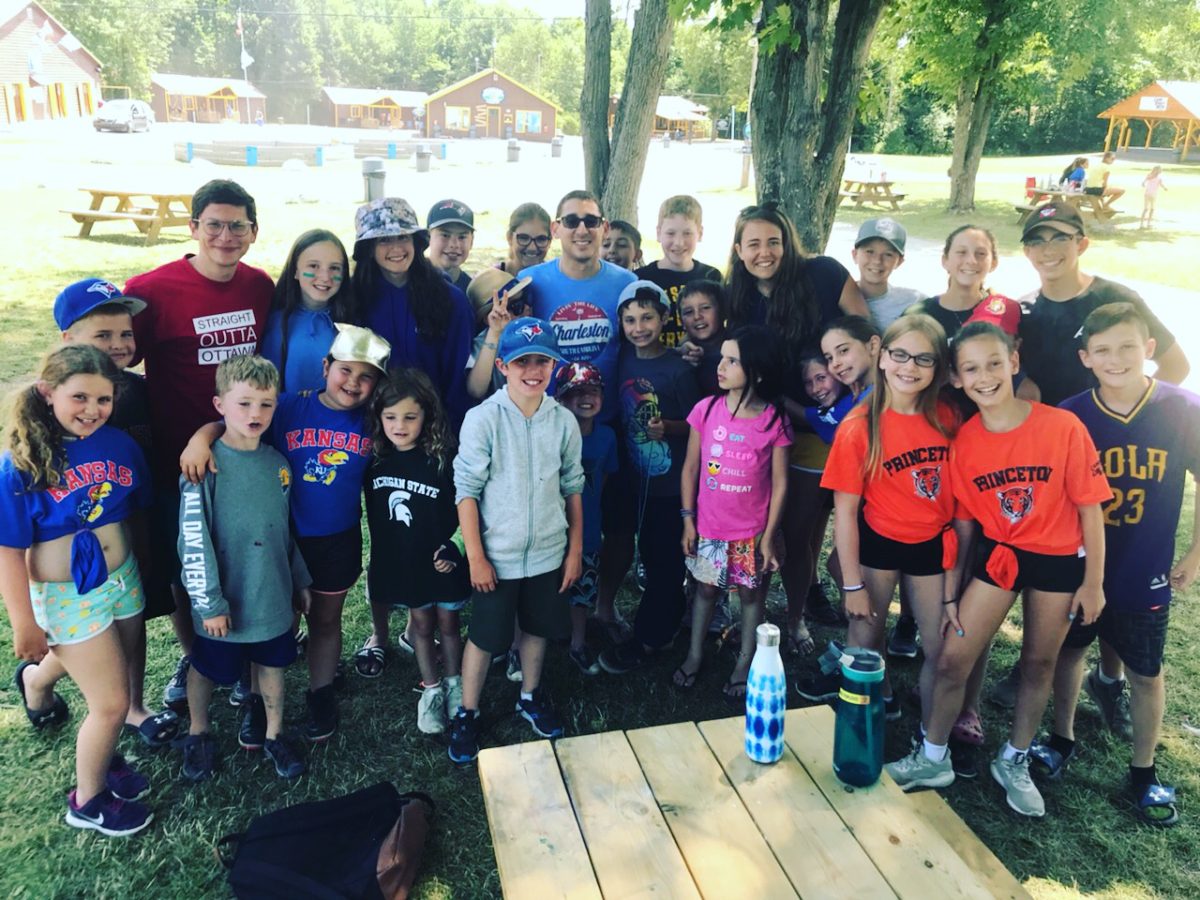

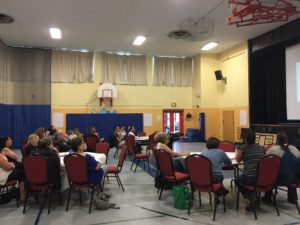 Having ended the year with greater clarity around our
Having ended the year with greater clarity around our 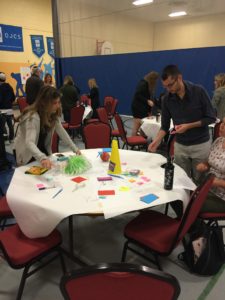 dimensional visual representations of how they can connect their practice to the stars and how to connect the stars to each other.
dimensional visual representations of how they can connect their practice to the stars and how to connect the stars to each other. 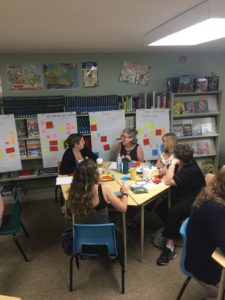 A number of our teachers ran mini-prototypes during the last months of school. We took some time together for those teachers to share more broadly with the full faculty what happened and to solicit feedback. It was very important to signal that no matter where they were at by this time, that taking the lead and sharing their successes and failures is crucial for the school to demonstrate that the values that have been established will continue to be our north stars for years to come. We were inspired by just how much got accomplished in such a short time and how much is to come in 2018-2019.
A number of our teachers ran mini-prototypes during the last months of school. We took some time together for those teachers to share more broadly with the full faculty what happened and to solicit feedback. It was very important to signal that no matter where they were at by this time, that taking the lead and sharing their successes and failures is crucial for the school to demonstrate that the values that have been established will continue to be our north stars for years to come. We were inspired by just how much got accomplished in such a short time and how much is to come in 2018-2019.
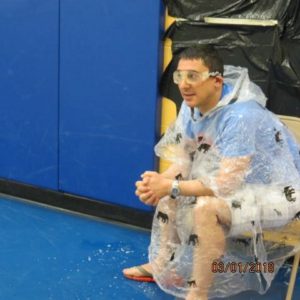 We came steaming out of February Break with Grades 7 & 8 Basketball Tournaments, Spirit Week, Purim (that’s me getting soaked by students during our Purim Carnival), our second site visit from
We came steaming out of February Break with Grades 7 & 8 Basketball Tournaments, Spirit Week, Purim (that’s me getting soaked by students during our Purim Carnival), our second site visit from 